Navigating Vietnam’s breathtaking landscapes on a motorbike loop requires more than just riding skills it demands proper documentation. The famous Ha Giang Loop and other scenic routes have attracted countless adventurers, but understanding the driving license requirements for Vietnam motorbike loop journeys is crucial for a trouble-free experience. With significant legal changes coming in 2025, both tourists and expats need clear guidance on license options, application processes, and potential risks. In this comprehensive guide from Phieu Travel, we’ll explain everything you need to know about riding legally in Vietnam, whether you’re planning a short visit or a longer stay.
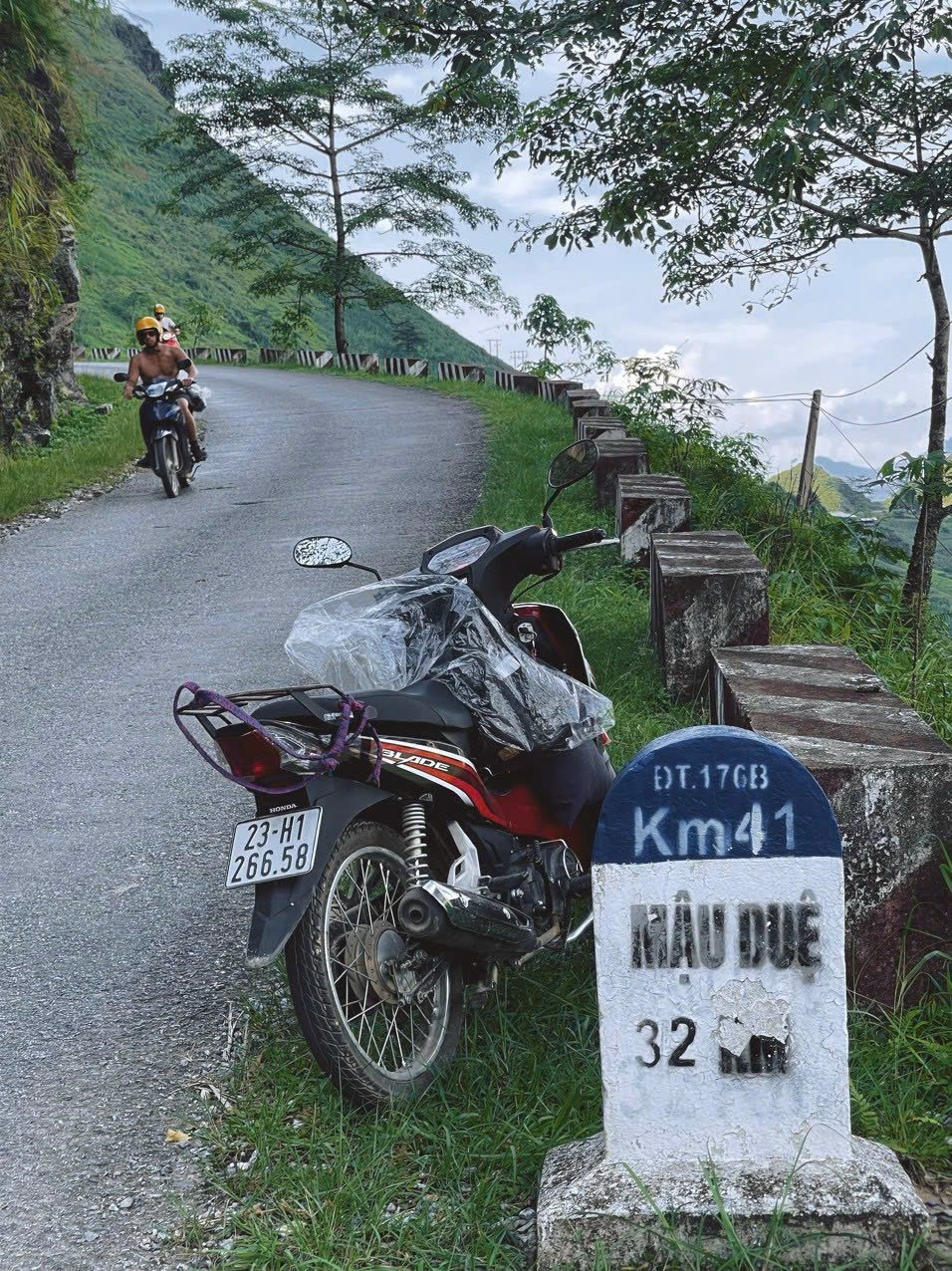
1. Driving license requirements for Vietnam motorbike loop: Overview & Legality
Before hitting Vietnam’s winding mountain roads, understanding your license options is essential. Different rules apply depending on your nationality, residency status, and the type of motorbike you plan to ride.
1.1 Validity of International Driving Permits
International Driving Permits (IDPs) have limited recognition in Vietnam, creating confusion for many tourists. The legal status of IDPs depends on specific international agreements and your home country’s relationship with Vietnam.
Countries that have signed the 1968 Vienna Convention on Road Traffic can use their IDPs in Vietnam, provided they also carry their original home country license. However, the list of participating countries excludes many Western nations like the United States, Canada, and Australia. This means visitors from these countries technically cannot legally drive in Vietnam using only an IDP.
Even with a technically valid IDP, enforcement remains inconsistent. Some travelers report using IDPs without issues, while others face fines or complications with insurance claims. At Phieu Travel, we’ve observed that while checkpoints rarely verify proper documentation on rural roads, accidents or insurance claims will always trigger license verification.
1.2 Vietnamese Motorbike License (A1/A2)
The Vietnamese motorbike license system divides permits into categories based on engine capacity. The A1 license covers motorcycles up to 175cc, while the A2 license is required for larger bikes.
For foreigners, obtaining a Vietnamese license has traditionally been challenging but possible. Permanent residents and those with work permits have an easier path, while tourists face more limitations. The process typically involves translating and notarizing your home country’s license, passing a local riding test, and completing various administrative requirements.
Legally speaking, according to Circular 12/2017/TT-BGTVT, published on the National Database of Legal Documents (vbpl.vn), foreign nationals residing in Vietnam are eligible to convert their home country’s driving license into a Vietnamese one, provided they meet the official residency requirements.
One significant advantage of obtaining a Vietnamese license is its clear legal standing. Unlike the gray area of IDPs, a local license provides definitive protection when dealing with police, rental companies, and insurance providers. For many travelers, this peace of mind outweighs the paperwork, especially for long rides like the Ha Giang Loop.
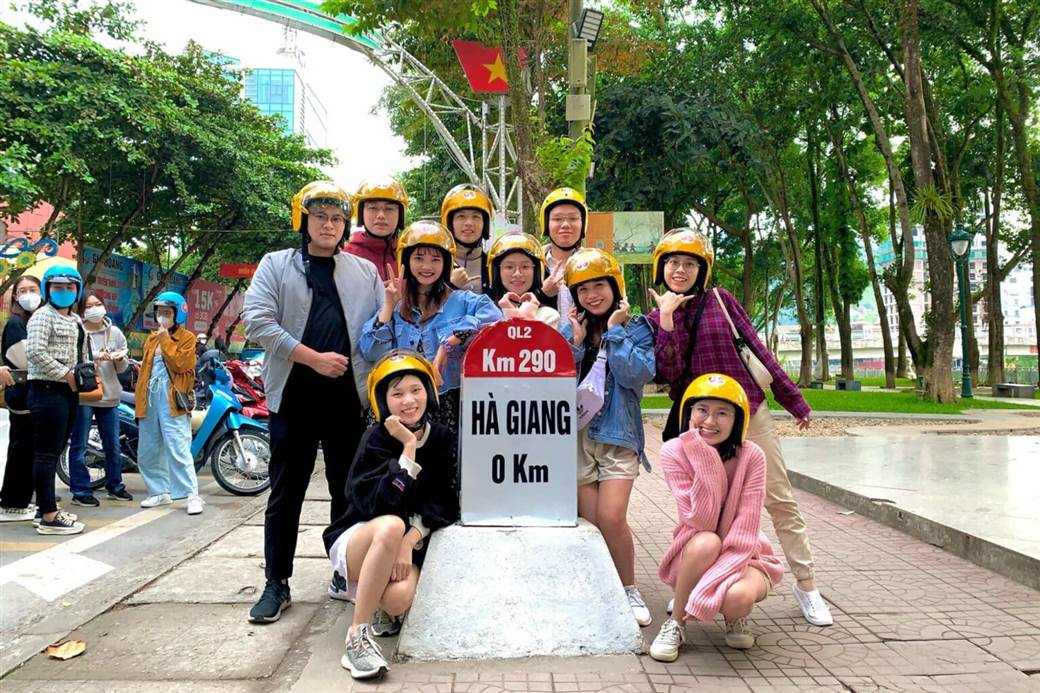
Ha Giang Motorbike Loop: The Ultimate Tour with Phieu Travel
2. Upcoming Changes to Motorbike License Categories (2025)
Vietnam’s transportation laws are undergoing substantial revisions set to take effect on January 1, 2025. These changes will significantly impact how both locals and foreigners can legally operate motorbikes throughout the country.
2.1 Engine Capacity (cc) Limits for A1 vs A2
The most notable change affects the engine capacity limits for different license categories. Currently, the A1 license covers motorcycles up to 175cc, which includes most rental bikes and scooters popular with tourists. However, beginning in 2025, the A1 category will be restricted to motorcycles with engines between 50cc and 125cc only.
Motorbikes between 125cc and 175cc will require an A2 license under the new system. This reclassification means many popular rental models that currently fall under A1 will soon require the more advanced A2 license. The Honda XR150 and Winner X models, commonly used for the Ha Giang Loop, will fall into this new middle category.
These changes align Vietnam’s classification system more closely with international standards but create new compliance challenges for travelers. Rental shops throughout tourist areas will need to adjust their fleets and verification procedures to accommodate these regulatory updates.
2.2 Implications for Previous vs. New License Holders
An important aspect of the 2025 changes concerns the status of existing license holders. According to official communications, Vietnamese A1 licenses issued before January 1, 2025, will remain valid for their entire duration, even for bikes between 125cc and 175cc.
This grandfather clause creates a strategic opportunity for foreigners planning future Vietnam visits. Those who obtain an A1 license before the deadline will retain rights to operate 125-175cc motorbikes indefinitely, while those applying after January 1, 2025, will need the more difficult-to-obtain A2 license for the same vehicles.
Additionally, the new regulations will introduce a point-based penalty system for traffic violations. License holders start with 12 points, which can be deducted for infractions. Losing all points results in license suspension and mandatory retraining. This system adds another layer of complexity for foreign riders navigating Vietnam’s traffic regulations.
These updates will directly impact the driving license requirements for Vietnam motorbike loop, especially for riders using popular rental models like the Honda XR150.
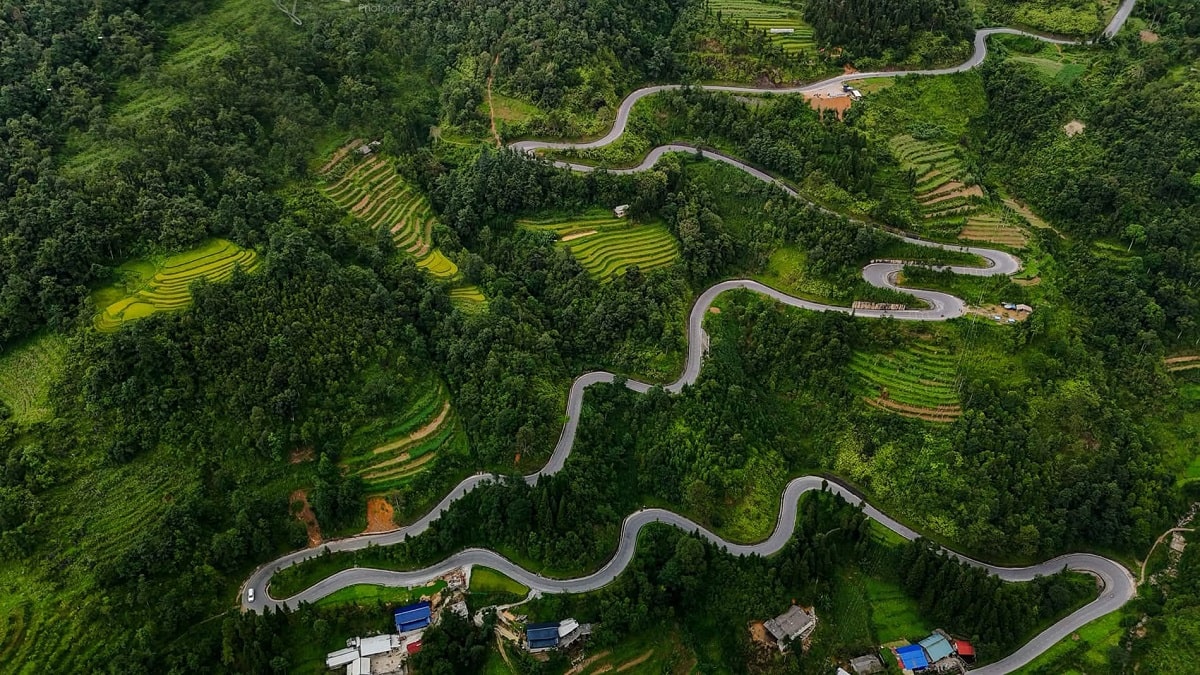
Tham Ma Pass, Ha Giang – Don’t miss these must-see experiences
3. How to Ride Legally: Tourists vs. Expats
Legal requirements for riding motorbikes in Vietnam differ significantly between short-term visitors and long-term residents. Understanding these distinctions helps you choose the most appropriate approach for your situation.
3.1 Short-Term Visitors
For tourists planning brief visits to Vietnam, obtaining a full Vietnamese license often proves impractical due to time constraints and administrative hurdles. Most short-term visitors have three main options, each with different legal implications.
First, tourists from countries that have signed the 1968 Vienna Convention can legally use their IDP alongside their original license. This applies to visitors from countries like Germany, France, and the UK, though enforcement varies widely. Second, travelers can rent smaller vehicles under 50cc, which technically don’t require a license (though this severely limits your ability to tackle mountain roads).
The third and most common approach involves accepting the legal gray area renting a motorbike with just your home license. While many rental shops will provide bikes without asking for proper documentation, this option carries risks. You’ll be technically driving illegally, which affects insurance coverage and liability in case of accidents.
At Phieu Travel, we’ve arranged guided tours where our experienced local drivers handle the riding while visitors enjoy the scenery as passengers. This eliminates legal concerns while still providing the thrilling experience of Vietnam’s mountain roads.
3.2 Long-Term Residents/Expats
For expats and long-term residents, obtaining a proper Vietnamese license becomes both more feasible and more necessary. The longer you stay in Vietnam, the greater your chances of encountering license checks or needing valid insurance coverage.
Residents with work permits or temporary residence cards have access to a more straightforward application process. This typically involves converting your existing license rather than taking the full exam. The process requires translating and notarizing your home country’s license, completing a medical check, and submitting various administrative documents.
With the 2025 changes approaching, many expats are rushing to secure their A1 licenses before the reclassification takes effect. This strategic approach ensures continued legal access to 125-175cc motorbikes without needing to qualify for the more demanding A2 license.
For both categories of visitors, Phieu Travel recommends prioritizing legal compliance whenever possible. While enforcement may seem lax in rural areas, the consequences of accidents without proper documentation can be severe and complicated.
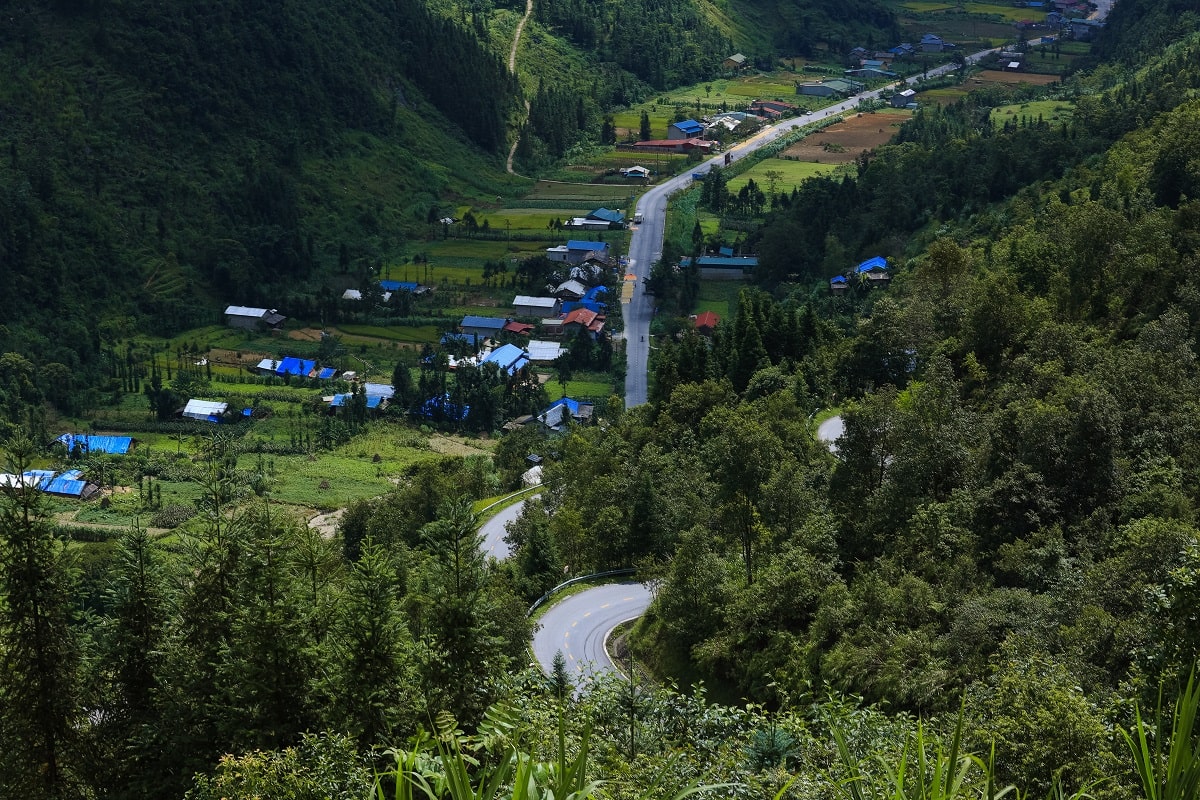
4. Step-by-Step Guide: How to Obtain a Vietnamese Motorbike License
Securing a Vietnamese motorbike license involves several precise steps. While the process can seem daunting, breaking it down makes it manageable for determined visitors.
First, gather the required documents, which typically include your passport with valid visa, temporary residence card or work permit (for long-term visitors), a health certificate from a Vietnamese medical center, and your existing license with a notarized Vietnamese translation. The health certificate usually involves basic vision and physical coordination tests.
Next, submit your application at the provincial Department of Transportation office. Most major cities have these offices, though procedures may vary slightly between locations. You’ll need to complete application forms, provide passport-sized photos, and pay the processing fees, which typically range from 100,000 to 400,000 VND depending on the license type.
For A1 licenses, many foreigners can convert their existing motorcycle license without practical testing, though this depends on bilateral agreements between Vietnam and your home country. For A2 licenses, a driving test is usually mandatory. This test typically includes both written and practical components, testing your knowledge of local traffic laws and your handling skills.
After submission, processing times range from one to four weeks. Some provinces offer expedited services for additional fees. Once issued, A1 and A2 licenses are currently valid indefinitely, though the 2025 changes may introduce renewal requirements for new applicants.
For those without Vietnamese language skills, using an agent or service like those recommended by Phieu Travel can significantly simplify the process. These agents handle translations, appointment bookings, and often provide guidance during the testing phases if required.
Remember that requirements can change and vary by province. Checking with local authorities or reliable services for the most current information before beginning the application process is always advisable, especially with the approaching 2025 regulatory changes.

5. Penalties and Insurance Risks for Riding Without the Correct License
Understanding the real-world consequences of riding without proper licensing goes beyond just avoiding fines. The risks extend to personal liability, insurance coverage, and potential legal complications.
Traffic police in Vietnam can impose fines ranging from 800,000 to 2,000,000 VND (approximately $35-85 USD) for riding without a valid license. They may also impound your vehicle temporarily, creating significant disruption to your travel plans. While enforcement may seem inconsistent, police checkpoints become more common during holidays and in tourist areas.
Beyond immediate penalties, insurance implications present perhaps the greater concern. Most travel insurance policies explicitly exclude coverage for accidents occurring while operating vehicles without proper licensing. This means that any medical expenses, which can be substantial in emergency situations, would come directly from your pocket.
Similarly, vehicle rental insurance becomes invalidated when riding without the correct license. In case of accidents, you could be liable not only for your own injuries but also for damage to the rental vehicle and any third-party property or medical costs. These expenses can quickly escalate into thousands of dollars.
The legal complications following accidents without proper documentation can be especially challenging for foreigners. Vietnamese authorities may restrict your ability to leave the country until matters are resolved, potentially leading to extended stays and unexpected expenses. Legal proceedings in a foreign language and unfamiliar system add further complications.
At Phieu Travel, we’ve encountered numerous travelers whose journeys were disrupted by these issues. While many ride without proper licensing and experience no problems, those who do encounter difficulties often face serious consequences that overshadow their entire Vietnam experience.
For travelers unwilling or unable to obtain proper licensing, we recommend considering guided tours where licensed local drivers handle the riding. This approach maintains the excitement of experiencing Vietnam’s spectacular landscapes while minimizing legal and financial risks.

6. Making Informed Decisions for Your Vietnam Motorbike Adventure
Navigating Vietnam’s stunning landscapes by motorbike offers unforgettable experiences, but doing so legally protects you from unnecessary complications. As the 2025 license changes approach, understanding your options becomes increasingly important for both short-term visitors and long-term residents.
For travelers planning visits before 2025, securing a Vietnamese A1 license provides the most comprehensive legal protection and will remain valid even after the regulatory changes. Those unable to obtain local licenses should carefully consider the risks of riding without proper documentation, especially regarding insurance coverage and liability.
Alternative options exist for experiencing Vietnam’s breathtaking routes without legal concerns. Phieu Travel offers guided tours with experienced local drivers, allowing you to enjoy the scenery without worrying about documentation or navigating unfamiliar roads. These tours combine legal compliance with local knowledge, ensuring you don’t miss the hidden gems along routes like the Ha Giang Loop.
Remember that traffic regulations serve a purpose beyond bureaucracy they promote safety on roads that can be challenging even for experienced riders. Mountain passes, changing weather conditions, and unfamiliar traffic patterns all add complexity to Vietnam’s already adventurous riding environment.
Whether you choose to obtain proper licensing, join a guided tour, or explore alternative transportation options, making informed decisions and following the driving license requirements for Vietnam motorbike loop ensures your adventure stays focused on Vietnam’s spectacular scenery and culture.
For personalized advice on experiencing Vietnam’s motorbike routes legally and safely, contact Phieu Travel through Phieutravel.com. Our team can help you navigate both the driving license requirements for Vietnam motorbike loop adventures and create custom itineraries that match your preferences and documentation situation.
Read more:
- Top 4 rice fields Vietnam destinations & perfect times to go
- Top 20 Ha Giang homestays with scenic views (2025)
- Worst time to do the Ha Giang Loop safety stories 2025
- Things to buy in Vietnam the complete traveler’s shopping guide
- Best time to visit Vietnam ultimate guide by region, month & travel type
- Most Beautiful Places to Visit in Vietnam: Essential Destinations and Insider Tips

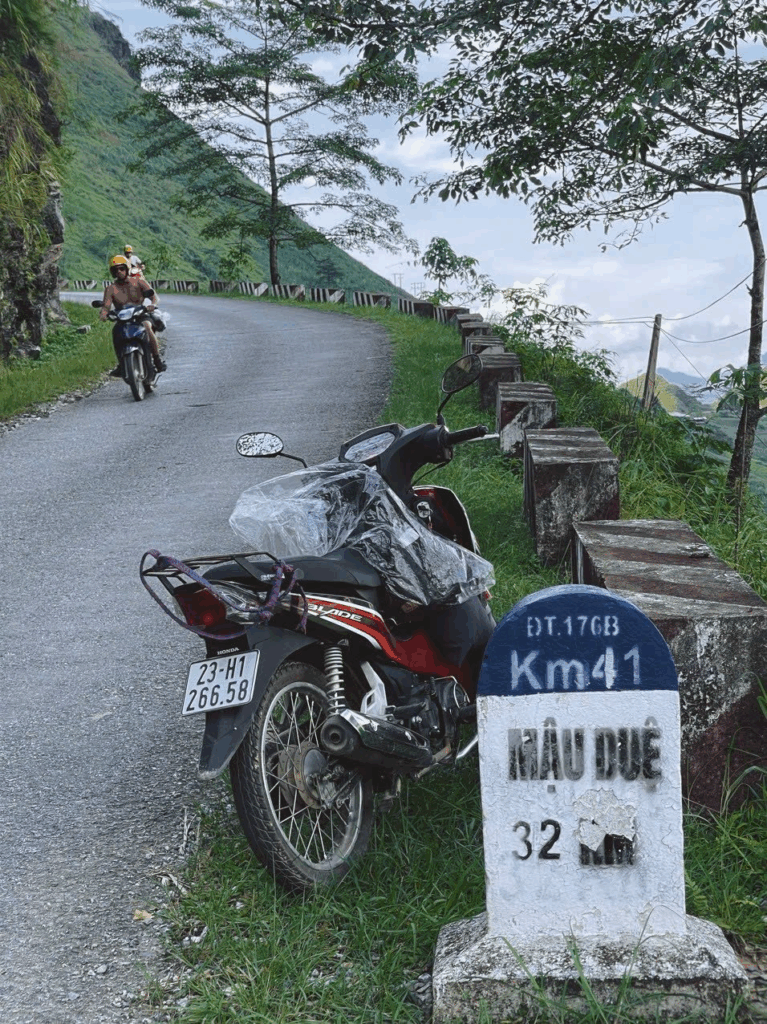
You Might Also Like
Ha Giang Weather in September: Complete Guide for Travelers
Exploring the magnificent Ha Giang Loop in September offers travelers a perfect balance of favorable[...]
Quan Ba Twin Mountains: Ha Giang’s Iconic Fairy Hills and Complete Travel Guide
The mystical Quan Ba Twin Mountains rise from the emerald valleys of Ha Giang like[...]
Vuong family mansion: the architectural marvel and cultural legacy of Ha Giang
Deep in Vietnam’s northern highlands, where mist-shrouded mountains meet terraced rice fields, stands a testament[...]
Ha Giang Loop Safety Tips: How to Ride Securely in Vietnam’s Northern Mountains
The Ha Giang Loop, with its winding mountain roads and breathtaking landscapes, offers one of[...]
The Ultimate Guide to the M-Shaped Curve on Ha Giang Loop
Vietnam’s remote northern province of Ha Giang hides a natural wonder that has captivated adventurous[...]
Most Beautiful Places to Visit in Vietnam: Essential Destinations and Insider Tips
Vietnam captivates travelers with its stunning landscapes, rich cultural heritage, and warm hospitality. From mist-shrouded[...]
Beyond the Beaten Path: Discovering Ha Giang Province in Northeast Vietnam
Ha Giang Province in Northeast Vietnam stands as one of the country’s last frontiers for[...]
Rainy season in Ha Giang: what to expect, when to go, and travel tips
Vietnam’s northern frontier reveals a different face during the rainy season, transforming Ha Giang’s limestone[...]